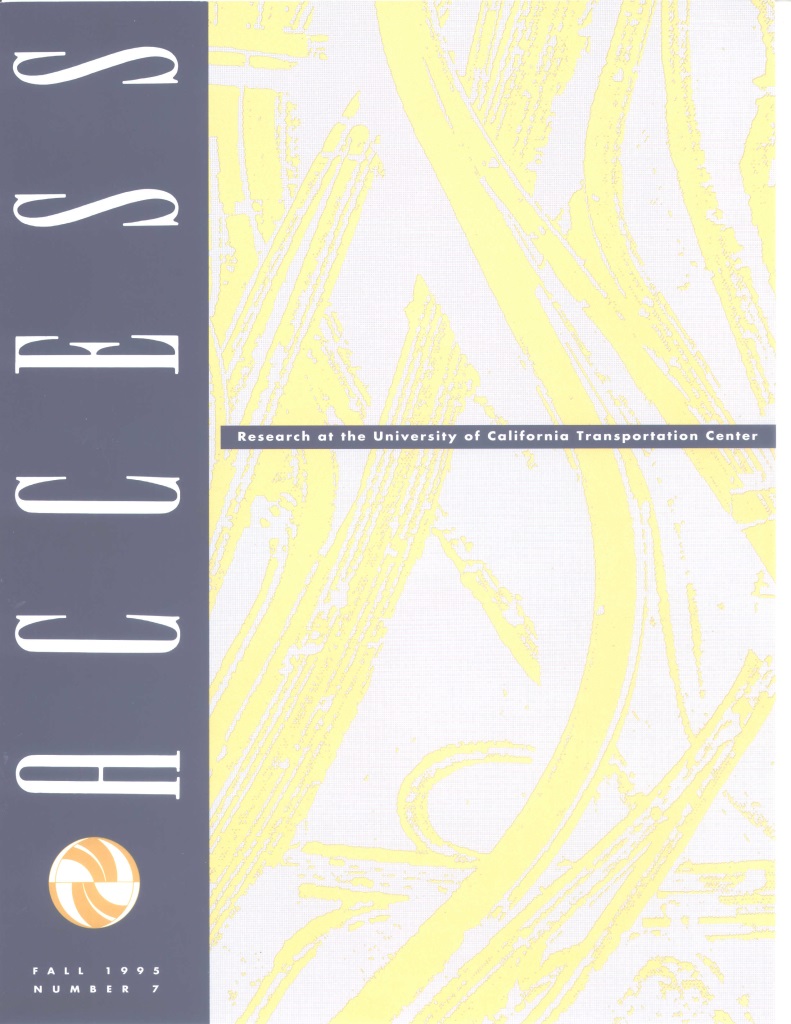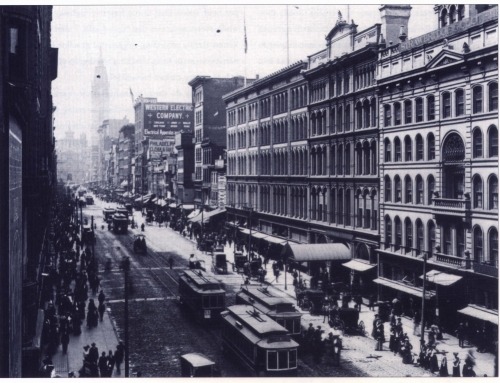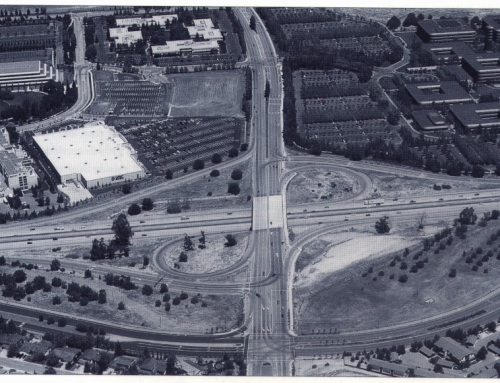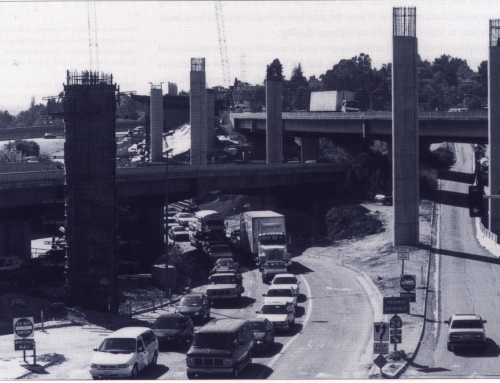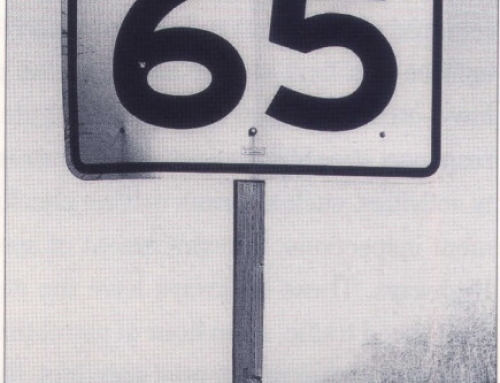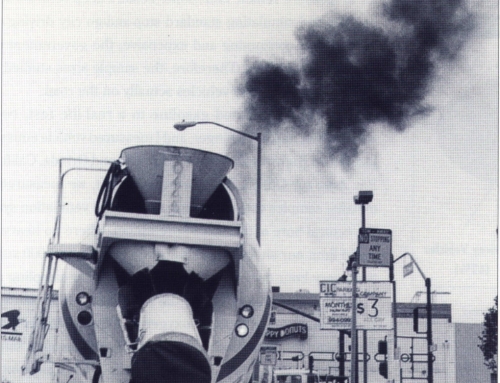We all know that transportation facilities do far more than merely carry people and freight. We all agree that the returns from investments in transportation systems are paid in the coin of the systems’ secondary effects, not in the coin of either transportation infrastructure or services themselves.
In grade school, we learned that the early railroads opened the West, promoting development of large urban centers in the former wilderness. Roads then interlaced the land between rail lines, facilitating growth in thousands of smaller cities and towns, and helping to transform agriculture from a handicraft enterprise into a highly productive industry. Later, motor vehicles and modern highways contributed to urban expansion, helping to turn cities into metropolises that spread into what we now call suburbs and exurbs.
The rapidly expanding land, air, and water transport systems of the past century not only helped urbanize the nation, they also facilitated explosive modernization of the national economy. By lowering time and money costs of transporting goods and passengers over long distances, the new transportation systems fed hungry factories, expanded retail markets, and gave people broader options in worksites, residential settings, and recreational activities.
Surely these outcomes are known to us all. So why are researchers of these matters so preoccupied with testing whether these really are the transportation systems’ effects?
Why was Genevieve Giuliano’s article in this magazine’s last issue questioning the importance of land use effects of new transportation facilities? Why, in turn, were Robert Cervera and John Landis provoked to write a detailed rejoinder for this issue of ACCESS, contending that land use effects are real, measurable, and consequential? Why is Marlon Boarnet questioning the self-evident economic-developmental effects of highways? Why did Mark Hansen have to study whether the effects of new highway lanes are to generate new traffic, when everyone already knows they do? Why is Charles Lave seeking to demonstrate that the effects of the 65 mile per hour speed limit are to improve highway safety, when everyone knows that “speed kills.” And why is Robert Harley subjecting oxygenated gasoline to additional systematic tests, checking whether its effect really is to reduce carbon monoxide?
By lowering time and money costs of transporting goods and passengers over long distances, the new transportation systems fed hungry factories, expanded retail markets, and gave people broader options in worksites, residential settings, and recreational activities.
Why do these transportation researchers doubt these known effects-these seeming truisms, these conventional wisdoms? Is it that they’re cantankerous souls and congenitally obstreperous? Or is it that the conventional wisdom is often wrong and the truth often elusive?
We think the latter is so. Indeed, that’s why the academic’s role is to question, to challenge, to test, to dig out the empirically verifiable truth of the matter. Our colleagues in ACCESS are all professional doubters, searching to discover the true effects of transportation systems. You, the reader, may be equally querulous and unable to accept what they say. If so, we hope you’ll respond to them, either directly or through us at the Center. There’s nothing we like better than to fuel a lively exchange, especially if the debate yields tenable findings about the effects of transportation systems.
-Luci Yamamoto
Editor

